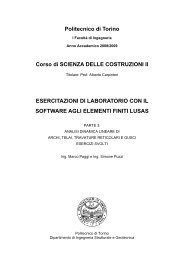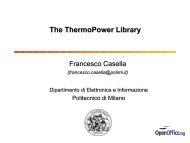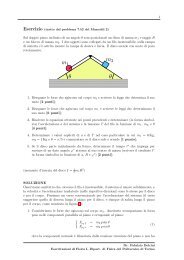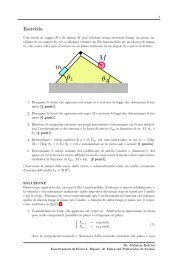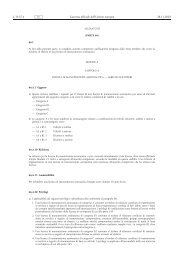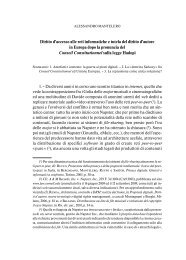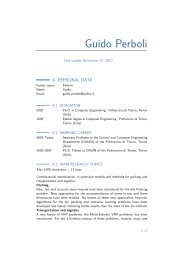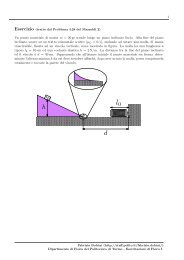The ITER toroidal field model coil project
The ITER toroidal field model coil project
The ITER toroidal field model coil project
You also want an ePaper? Increase the reach of your titles
YUMPU automatically turns print PDFs into web optimized ePapers that Google loves.
206 A. Ulbricht et al. / Fusion Engineering and Design 73 (2005) 189–327<br />
Fig. 4.2. Second installation of the TFMC with the LCT <strong>coil</strong> for<br />
test Phase 2. <strong>The</strong> total weight including the lifting beam was 115 t<br />
therefore both cranes were used simultaneously.<br />
necessary for the installation into the vacuum vessel<br />
because of the small clearance between the LN2 shield<br />
and the test arrangement.<br />
All the connections of the He- and LN2-cooling system<br />
as well as for the current and measuring systems<br />
were manufactured now for both of the <strong>coil</strong>s. All the<br />
tests mentioned below (Section 4.1.2) were performed<br />
successfully in advance and after the evacuation of the<br />
vacuum vessel and the start of the cool down. This was<br />
the installation of the largest test arrangement up to<br />
now into this facility.<br />
After completion of test Phase 2, the rig was again<br />
disconnected from the facility, extracted from the vacuum<br />
vessel and placed onto the assembly frame in the<br />
TOSKA experimental area.<br />
4.1.2. Accompanying test strategy during<br />
installation<br />
<strong>The</strong> installation of large test arrangements requires<br />
a well-defined series of acceptance and accompanying<br />
tests. Acceptance tests are needed for unique transfer<br />
of responsibility and the reference state of the interfaces.<br />
Accompanying tests assure the quality of the<br />
installation work during the single steps and monitor<br />
the properties during test operation. During installation<br />
the accompanying tests are arranged in such a<br />
sequence that in case of faults a repair with a reasonable<br />
effort is possible. For the TFMC installation, these are<br />
mainly leak and pressure tests, instrumentation tests<br />
and tests of the dielectric insulation. In case of acceptance<br />
tests, geometrical and flow measurements are<br />
added.<br />
For the leak tests, the coolant circuit is pressurised to<br />
the maximum operation pressure. A bag made of a plastic<br />
foil or a temporary local vacuum chamber is then<br />
placed around weld seams or flange seals after completion<br />
of piping work. <strong>The</strong> volume of the bag must<br />
be small to obtain a high sensitivity in case of measurement<br />
of the leak according to the concentration<br />
increase method. <strong>The</strong> leak test by the local vacuum<br />
chamber has the same sensitivity as an overall vacuum<br />
leak test. <strong>The</strong> methods described above are indispensable<br />
as an accompanying test and for the localisation of<br />
leaks. <strong>The</strong> last and most reliable leak test is performed<br />
with the <strong>coil</strong> in the vacuum vessel at a pressure level<br />



